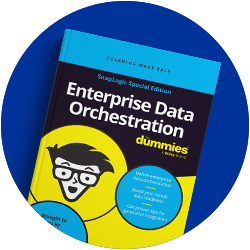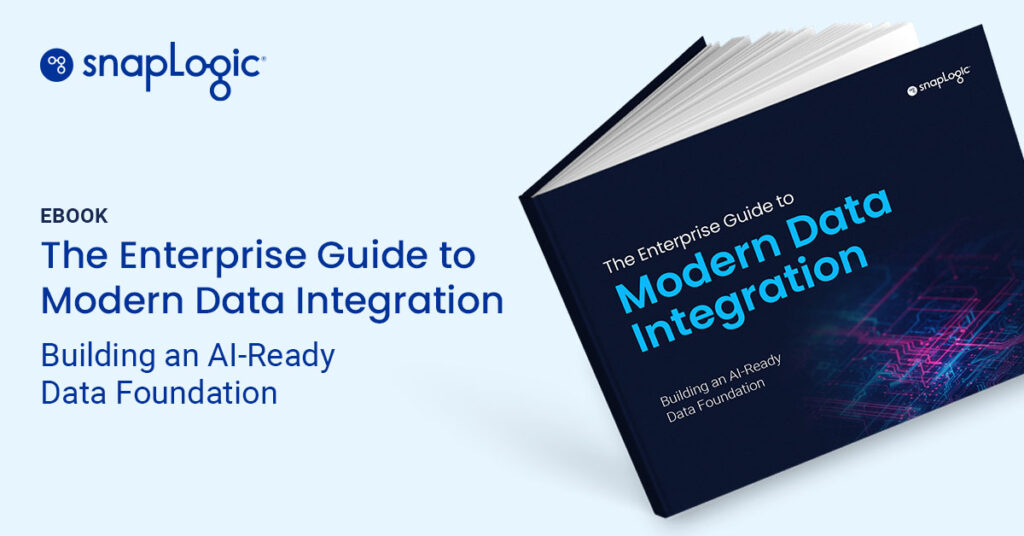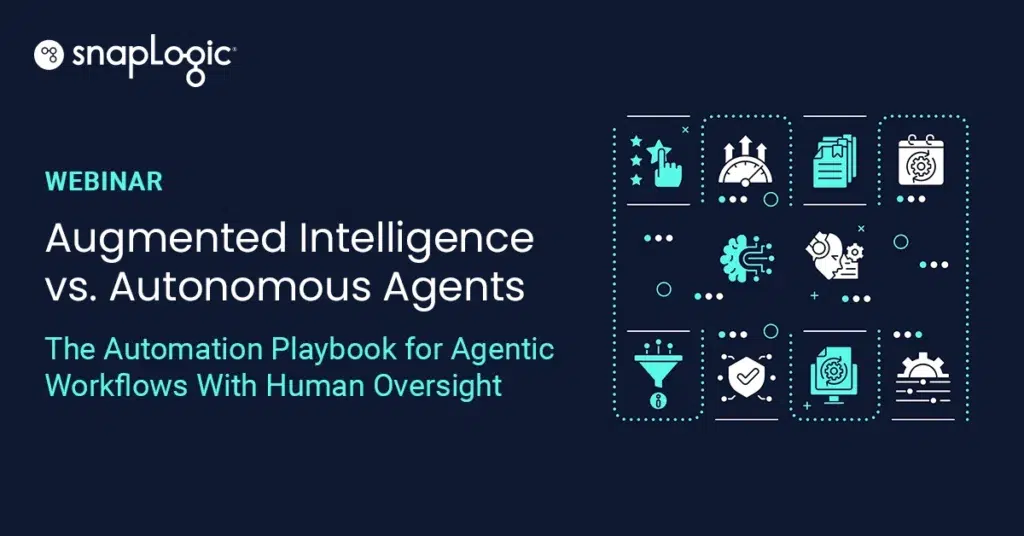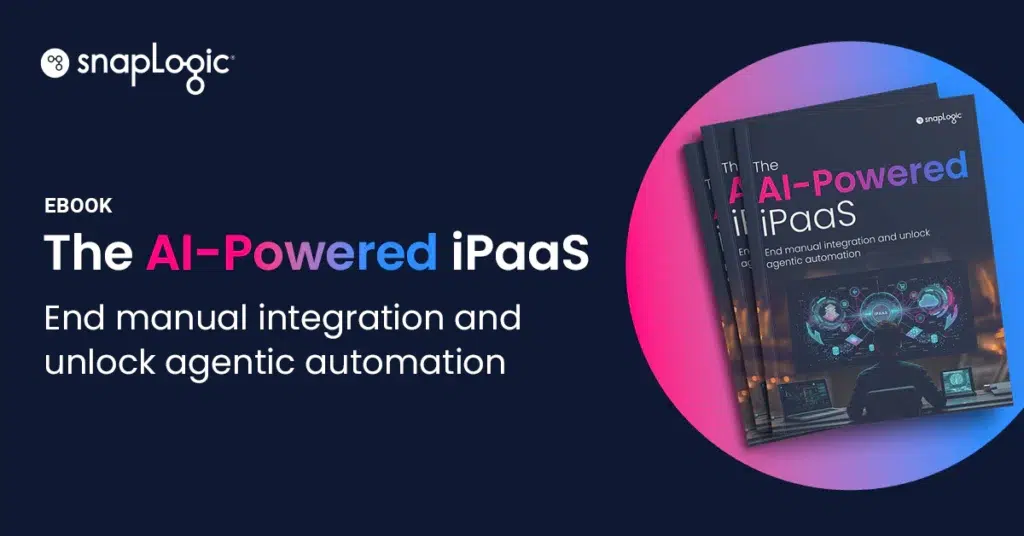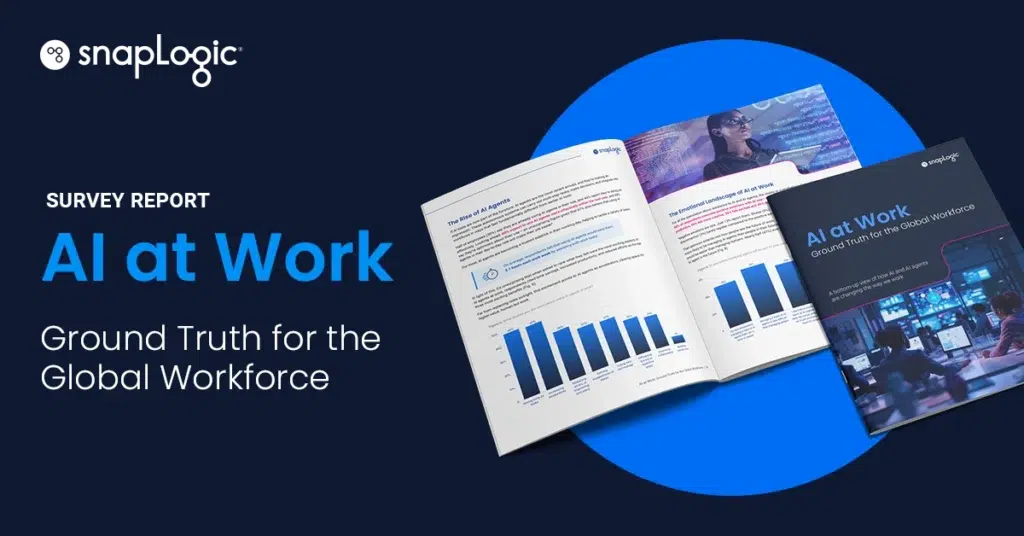Data validation is the process of checking data for accuracy, quality, and consistency before it’s used or stored. It makes sure your data meets specific rules, formats, or standards. So your reports, dashboards, and analytics stay reliable. In data management, validation helps keep your datasets clean, whether you’re working in a spreadsheet like Microsoft Excel or automating workflows across cloud platforms.
Key takeaways
- Data validation checks if data is correct, complete, and matches required formatting or data types.
- It helps you avoid invalid data, duplicates, and other errors that can ruin decision-making and analytics.
- Data validation, data cleansing, and error alerts can be automated across integrations, data pipelines, and files.
Why data validation matters
Bringing together data from different sources, worksheets, or workbooks often introduces mistakes: a wrong date, a missing value, or text that’s too long. Data validation acts as a gatekeeper, using validation rules and custom formulas to flag issues before they cause problems in your dashboards, pivot tables, or analytics. You can set validation checks for required data fields, whole numbers, drop-down lists, or even specific conditions, saving you from time-consuming cleanup later.
How data validation works
- Rules-based checks: Use validation rules to ensure data entries match allowed types (like dates, numbers, or text length) and stay within acceptable ranges. You can also require selection from a drop-down list or check box.
- Automated workflows: With SnapLogic, you can validate data as it flows through automated pipelines; just set the validation settings, and errors are flagged or fixed on the spot.
- Batch or real-time: Validation can run instantly as data moves (real-time), or in scheduled sweeps for large datasets, such as spreadsheet imports from Google Sheets or Excel.
- Error alerts & input messages: Let users know immediately when their data entry doesn’t match your requirements, making data quality and integrity easier to maintain.
Common use cases
- Customer onboarding: Validate email addresses, required fields, or use a drop-down list to preserve the quality of new records in your CRM.
- Financial reporting: Use data validation in Excel or Google Sheets to prevent mistakes in key fields or flag duplicates before they enter reports.
- Data migration: Automate validation and data cleansing when moving legacy datasets, so your new system isn’t bogged down by bad data.
- Compliance: Enforce data validation rules to meet business standards and regulations (like HIPAA or GDPR), and generate error alerts when sensitive data is missing or incorrect.
- Analytics: Ensure that only valid, high-quality data appears in your dashboards, pivot tables, and analysis workflows.
FAQs
Can I use data validation in Excel or Google Sheets?
Yes, both platforms offer tools for validation, including drop-down lists, error alerts, conditional formatting, and custom formulas. SnapLogic takes it further by automating data validation across your entire tech stack.
What happens if validation fails?
Invalid data can trigger error alerts, be corrected automatically, or quarantined for manual review. With SnapLogic, you decide how the workflow handles failures.
Is data validation just for formatting?
No. It covers data quality, type of data, duplicates, required fields, and more, helping you optimize your workflows and improve decision-making.

